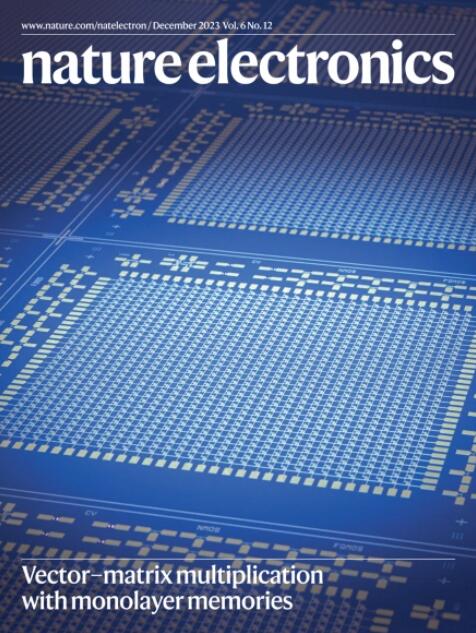Measurements of redox balance along the gut using a miniaturized ingestible sensor
IF 40.9
1区 工程技术
Q1 ENGINEERING, ELECTRICAL & ELECTRONIC
引用次数: 0
Abstract
Redox balance—the equilibrium between oxidants and reductants—is a key modulator of a healthy gut and consequently overall well-being. Excess reactive species, resulting in oxidative stress, are linked to deleterious processes including inflammation and microbiome dysbiosis. However, a lack of suitable in vivo methods has restricted measurements of redox balance in the human gut. Here we report a miniaturized ingestible sensor that is equipped with an oxidation–reduction potential sensor, an electrochemical reference electrode and pH and temperature sensors. We preclinically validate our wireless gastrointestinal (GI) smart module (GISMO) in GI fluids and an animal model and report in-human measurements in 15 healthy individuals. Our high-temporal-resolution data, measured every 20 s, reveal consistent profiles from an oxidative environment in the stomach to a strongly reducing environment in the large intestine. This non-intrusive method has the potential to advance (GI) disease monitoring and offer insights into the gut microbiome. A wireless ingestible sensor that is equipped with an oxidation–reduction potential sensor, electrochemical reference electrode, and pH and temperature sensors can be used to measure redox balance along the human gut.


利用微型可消化传感器测量肠道氧化还原平衡
氧化还原平衡——氧化剂和还原剂之间的平衡——是肠道健康和整体健康的关键调节剂。过量的活性物质导致氧化应激,与炎症和微生物群失调等有害过程有关。然而,缺乏合适的体内方法限制了人体肠道氧化还原平衡的测量。在这里,我们报告了一种小型化的可摄取传感器,它配备了一个氧化还原电位传感器,一个电化学参考电极和pH和温度传感器。我们在胃肠道液体和动物模型中临床前验证了我们的无线胃肠道(GI)智能模块(GISMO),并报告了15名健康个体的人体测量结果。我们每隔20秒测量一次的高时间分辨率数据,揭示了从胃中的氧化环境到大肠中的强烈还原环境的一致概况。这种非侵入性方法有可能推进(GI)疾病监测,并提供对肠道微生物组的见解。
本文章由计算机程序翻译,如有差异,请以英文原文为准。
求助全文
约1分钟内获得全文
求助全文
来源期刊

Nature Electronics
Engineering-Electrical and Electronic Engineering
CiteScore
47.50
自引率
2.30%
发文量
159
期刊介绍:
Nature Electronics is a comprehensive journal that publishes both fundamental and applied research in the field of electronics. It encompasses a wide range of topics, including the study of new phenomena and devices, the design and construction of electronic circuits, and the practical applications of electronics. In addition, the journal explores the commercial and industrial aspects of electronics research.
The primary focus of Nature Electronics is on the development of technology and its potential impact on society. The journal incorporates the contributions of scientists, engineers, and industry professionals, offering a platform for their research findings. Moreover, Nature Electronics provides insightful commentary, thorough reviews, and analysis of the key issues that shape the field, as well as the technologies that are reshaping society.
Like all journals within the prestigious Nature brand, Nature Electronics upholds the highest standards of quality. It maintains a dedicated team of professional editors and follows a fair and rigorous peer-review process. The journal also ensures impeccable copy-editing and production, enabling swift publication. Additionally, Nature Electronics prides itself on its editorial independence, ensuring unbiased and impartial reporting.
In summary, Nature Electronics is a leading journal that publishes cutting-edge research in electronics. With its multidisciplinary approach and commitment to excellence, the journal serves as a valuable resource for scientists, engineers, and industry professionals seeking to stay at the forefront of advancements in the field.
 求助内容:
求助内容: 应助结果提醒方式:
应助结果提醒方式:


